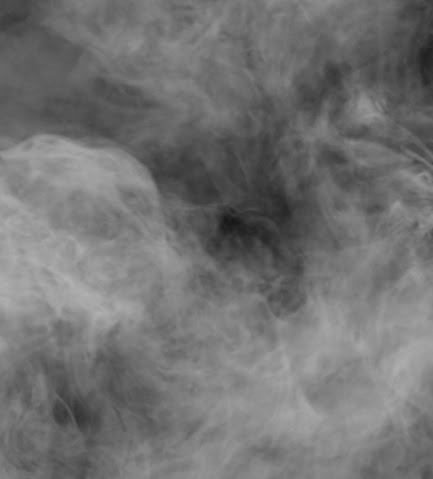
A study led by UCLAN UK centering on toxicity of smoke from FR furniture has led to publication by the same journal of an immediate rebuttal. The UCLAN study title states that FRs “increase smoke toxicity more than they reduce fire growth rate” (see comment below). Four different specially made “sofa-beds” were constructed (2 examples of each type), consisting of a mattress on a metal frame. Small samples of materials were tested as in a cone calorimeter and the sofa-beds were tested in a room scale test, ignited by a large flame source (Crib 7) with the sofa-bed being the only furniture in the room. The mattresses were made of a foam, polyester comfort layer and a covering fabric. Two of the mattresses (UKFR) used commercially sourced FR polyurethane foam and FR fabric which were conform to UK Furniture Fire Safety Regulations (the fabrics contained the halogenated FRs Deca-BDE and TCIPP, not all FRs were analysed) but with a non-FR polyester comfort layer; one mattress (“EU”) was the same but with non-FR foam and fabric, and one mattress was conform to the UK regulations using cotton, polyester and wool only for fabrics, comfort layer and foam (trade name Cottonsafe). Tests were duplicated (2 mattresses for each type) except that sampling failed for some tests, so the FR mattress toxicity tests were not duplicated. In-house equipment was designed to monitor the toxic gases carbon monoxide and hydrogen cyanide (no other forms of smoke toxicity were analysed, smoke density is not reported). The room test results indicate that peak heat release was higher for the non-FR furniture (213 kW/m2 for EU non-FR, 186 for Cottonsafe, 165 and 112 for UKFR). Carbon monoxide and hydrogen cyanide yields (per g mattress) were on the other hand higher for the UKFR furniture. The rebuttal (by Marcello Hirschler) published in the same Journal as the original article underlines that the tests do show that the flame retardants successfully achieve their key objective, that is to reduce heat release. The method of the study is strongly criticised (e.g. wind exposure of the full scale test), unrealistic furniture composition (excessive thickness of polyester padding, which is not fire safety treated), conclusions on toxicity based on an “extremely controversial” equation, absence of data on quantity of smoke emitted (which is argued to be the most important driver of toxicity). pinfa adds that the article title reference to “fire growth rate” is misleading. No data on fire growth rate are given in the paper, whereas if a “rate” is calculated (PHRR / time to PHRR) this shows no significant difference between the UKFR and EU (non-FR) furniture, but a much higher “rate” for the Cottonsafe furniture.
This study dates from 2018 but was missed and not covered before in pinfa Newsletter. “Flame retardants in UK furniture increase smoke toxicity more than they reduce fire growth rate”, S. McKenna et al., Chemosphere 196 (2018) 429e439 https://doi.org/10.1016/j.chemosphere.2017.12.017 and “Rebuttal to …”, M. Hirschler, Chemosphere 232 (2019) 509e511 https://doi.org/10.1016/j.chemosphere.2018.07.123 a review of the article by Efectis is also published by BSEF https://www.bsef.com/news/efectis-report-flame-retardants-uk-furniture-increase-smoke-toxicity-reduce-fire-growth-rate-study-statistical-data-used-partial-not-objective/